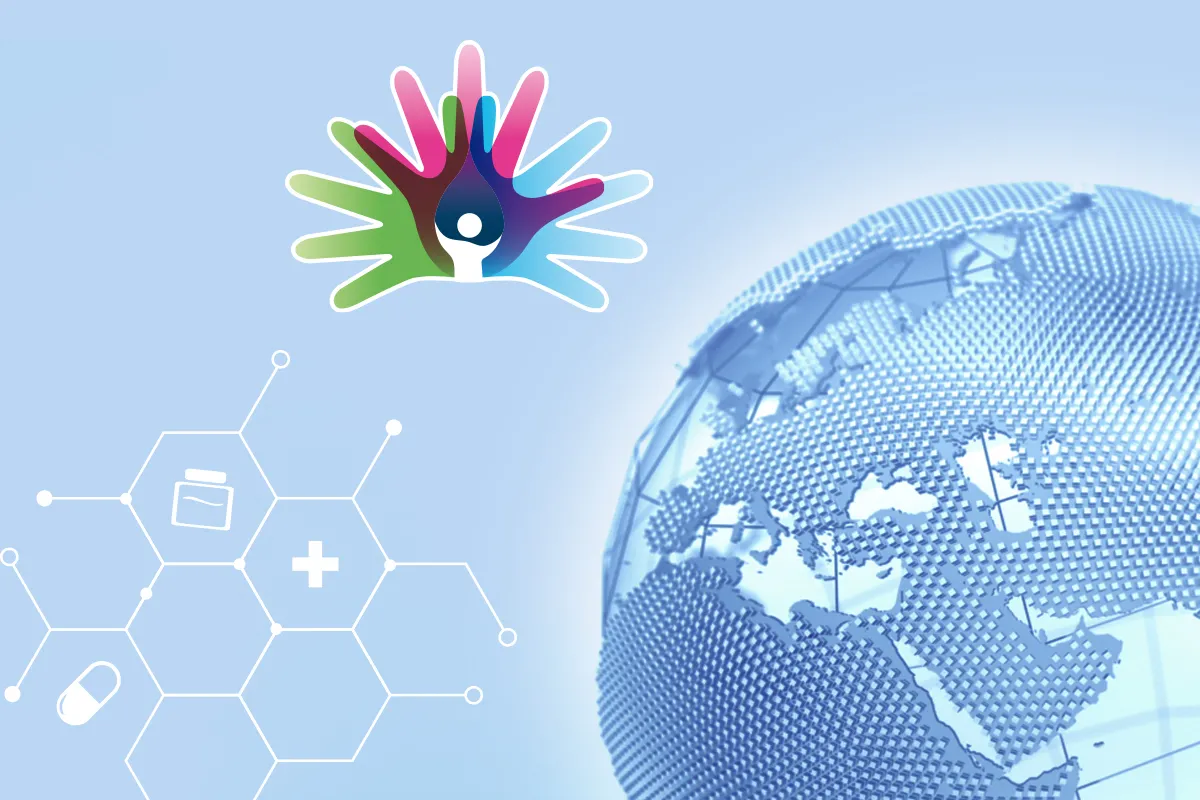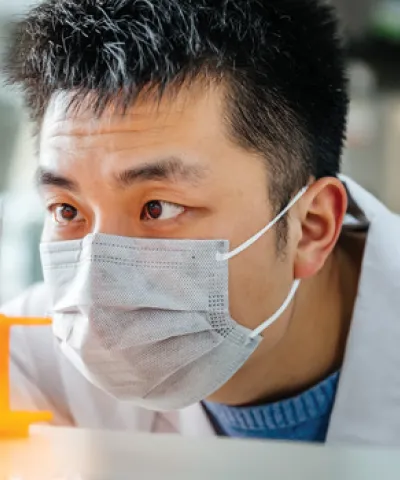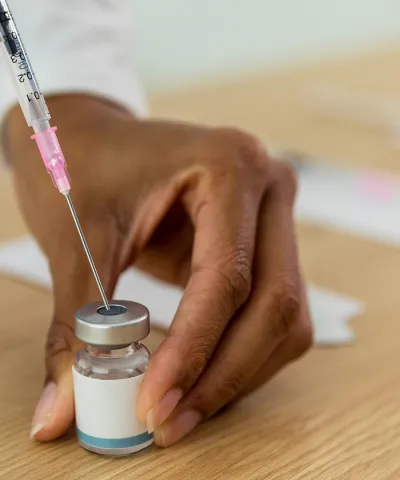In healthcare, numbers often dominate discussions. Healthcare systems and policymakers use prevalence and incidence rates to allocate resources, ensuring that facilities, personnel, and funds are directed effectively. This logic does not apply to the world of rare diseases, which are characterized by their low patient numbers. A disease is defined as rare if it affects fewer than 1 in 2,000 people in Europe, or fewer than 200,000 people in the US (1 in 1,500 people).
However, when these many individual diseases are brought together, the numbers become much alarming: There are 300 million people worldwide living with a rare disease.
For pharmaceutical companies, Rare Disease Day offers more than just symbolic significance. It is an opportunity to raise awareness and connect with patients and their caregivers, building a bridge between the industry and those it aims to serve. It also underscores the urgency for innovative solutions in areas where treatment options are scarce or carry a harsh toll on quality of life.
All the while, it should be understood that “rare disease” is an umbrella term encompassing more than 7,000 conditions. The diversity in the manifestation of these diseases is as vast as the total number of patients affected.
Hope, not desperation
In acknowledging the profound impact of rare diseases, it's inevitable to feel a sense of concern for patients eagerly awaiting solutions. However, over the past decade, we have witnessed a surge in drug discovery, with a multitude of therapies coming to the market. Notably, there have been breakthroughs resulting in cures for some diseases, and the trajectory points toward further improvement.
A pivotal element is the emergence of precision medicine – an approach that tailors treatments with remarkable specificity and efficacy. We have witnessed the proof of concept over the last five years, particularly with the advent of cell and gene therapies. These approaches could be applied to a myriad of diseases by understanding their genetic basis. As gene editing evolves in the coming years, it holds the promise of being truly transformative.
However, to translate this hope into reality, the industry must consider the practical aspects of delivering treatments to patients with rare diseases. Three critical issues take center stage:
- Collecting patient-reported outcomes and generating real world evidence
- Navigating the complexities of reimbursement
- Making sure treatments reach the right patients
It's not merely about the existence of therapeutic solutions. Rather, the industry must be able to bring these treatments to the market and, ultimately, to the patients who need them.
Collecting patient-reported outcomes and generating real world evidence
Unlike diseases with a more prevalent footprint, rare diseases pose a unique challenge in clinical trial design due to their limited pool of patients. Initiating a clinical trial or assessing a new therapy for a rare disease begins with the difficult task of locating patients. This requires a close-knit collaboration between the developing company, clinicians advising on the trial, and active participation from the rare disease community.
There is also a higher degree of uncertainty and complexity of clinical trials for rare diseases due to the low number of patients, a heterogeneous patient population that may not be well understood, and a lack of defined current standard of care. Therefore, real-world data, generated through early access programs is important to measure the impact of the intervention. Natural history studies can be important to see how the treatment affects the typical progression of the disease and compare it to the current treatment approach.
Challenges can also arise concerning the measurement of therapy effectiveness, which often lacks established metrics. Therefore, continuous data collection is imperative to gauge real-world efficacy and treatment benefits.
Navigating the complexities of reimbursement
During reimbursement evaluation, pharmaceutical companies must communicate the value of their treatment to decision-makers. The first hurdle is ensuring they comprehend the profound burden and manifestation of the disease. For example, enhancing the wellbeing of parents or other caregivers can have a profound societal impact. However, many healthcare systems don't consistently acknowledge this value.
Another obstacle arises when launching a therapy in a country where no patients have yet been treated, raising questions about the comparators used. This becomes a hurdle in getting new therapies to patients and amplifies the need to generate real-world evidence post-launch. Consider a clinical trial with participants from Asia and the US and the intention to launch in Europe – the standard of care may differ, prompting the need to reassess the therapy's value within the healthcare system.
Pharmaceutical companies may also be asked to evaluate the number of patients to be treated annually. However, it can be hard to predict how many patients will be motivated to seek diagnosis and/or treatment when it becomes available.
What’s crucial throughout these discussions is ensuring that patients do not bear the brunt and are not denied access to crucial treatments.
Making sure treatments reach the right patients
Even with the availability of a new treatment, critical pieces of the puzzle are often still missing. Contrary to assumptions, the mere presence of a new treatment does not guarantee its widespread adoption. A persistently low number of rare disease patients receive treatment, even when options are available.
A significant obstacle lies in the under-diagnosis of patients, stemming from either a lack of awareness or misdiagnosis. Others, having lived with their diagnosis for an extended period, may remain unaware that treatments even exist. Some may have organized their lives around this reality, with treatment now requiring major lifestyle changes. Complicated steps to access treatment and finding suitable treatment centers bring additional layers of complexity.
However, pharmaceutical companies must understand their responsibility for effectively informing patients and the physicians overseeing their care. An early start is crucial, requiring constant and consistent communication as part of a multi-year and multi-channel program.
Raising awareness of rare disease treatments also requires an understanding of the nuanced variations across different regions. What proves effective in the US may not seamlessly translate to success in Germany or France, considering disparities in mindset, attitude, and acceptance of novel modalities. Social media usage, a vital communication channel, also diverges significantly between regions, influencing the potential success of a product launch.
Therefore, there needs to be a dedicated team familiar with the intricacies of the local market. This team must establish relationships with key stakeholders, extending beyond the clinical trial key opinion leaders to the actual prescribers who hold significant sway in patient care.
And while some rare diseases can be treated, it's crucial to recognize that not all treatments are curative. Emphasis must also be placed on avoiding raising false hopes and ensuring that the right patients are connected with the right treatments. For instance, in genetic diseases, the suitability of a treatment may hinge on specific mutations, underlining the importance of educating patients and physicians on the right patient profile. The experience of being recommended for a treatment and then later rejected harms patient trust and widens the gap in pharmaceutical-patient collaboration.
Conclusion: Patients must be at the forefront
With rare diseases, the acknowledgment of a diagnosis marks just the initial step. It is also paramount to empower patients with the ability to choose the treatment that aligns with their unique circumstances.
Patients deserve autonomy to make informed choices about how they are treated. This requires concerted efforts from all stakeholders to ensure that patients not only have options but also the means to access them.
Pharmaceutical companies must make collaborative efforts with providers, policymakers, and advocacy groups to raise awareness, dismantle barriers, and make patient choice a reality with rare disease treatments.





